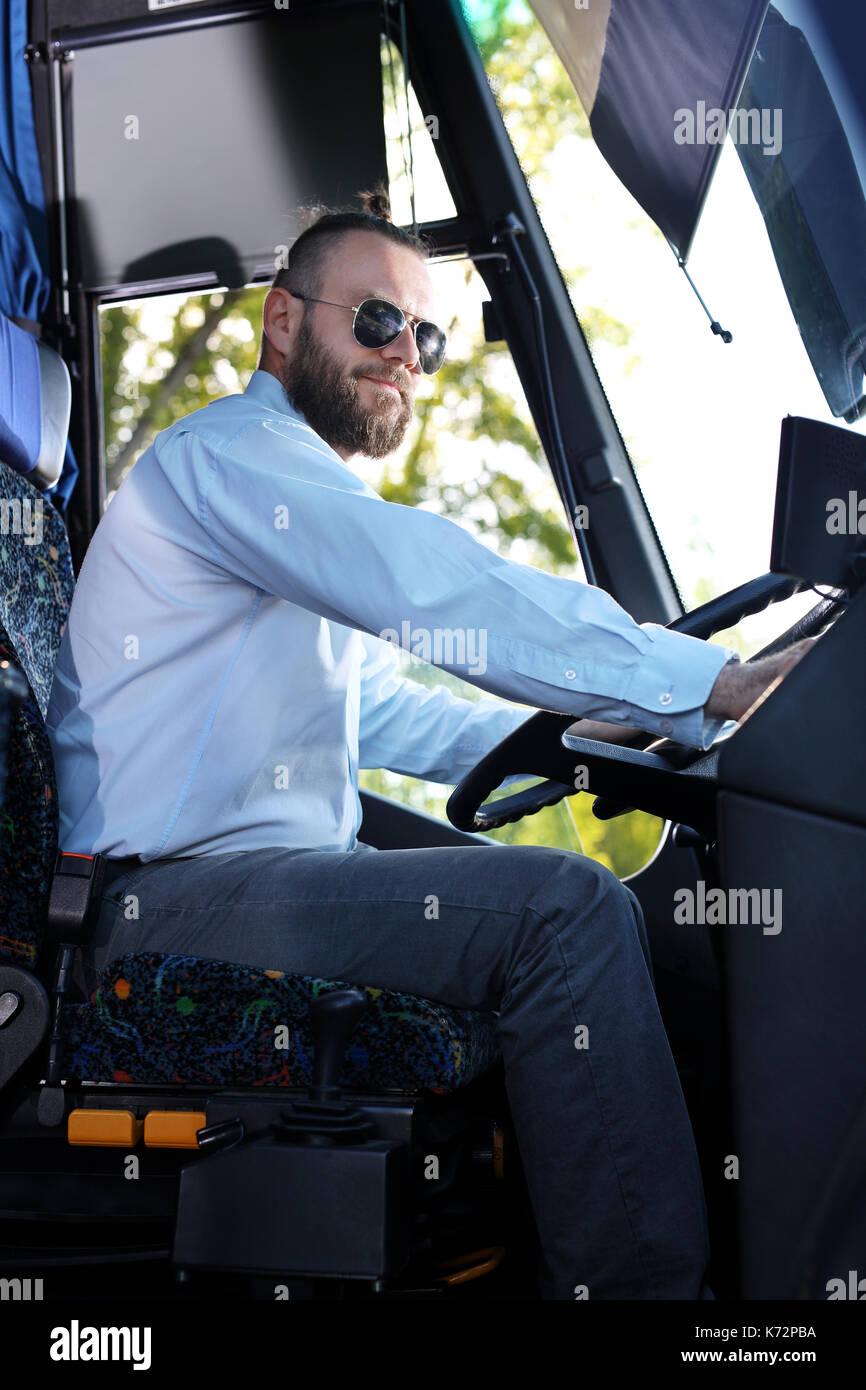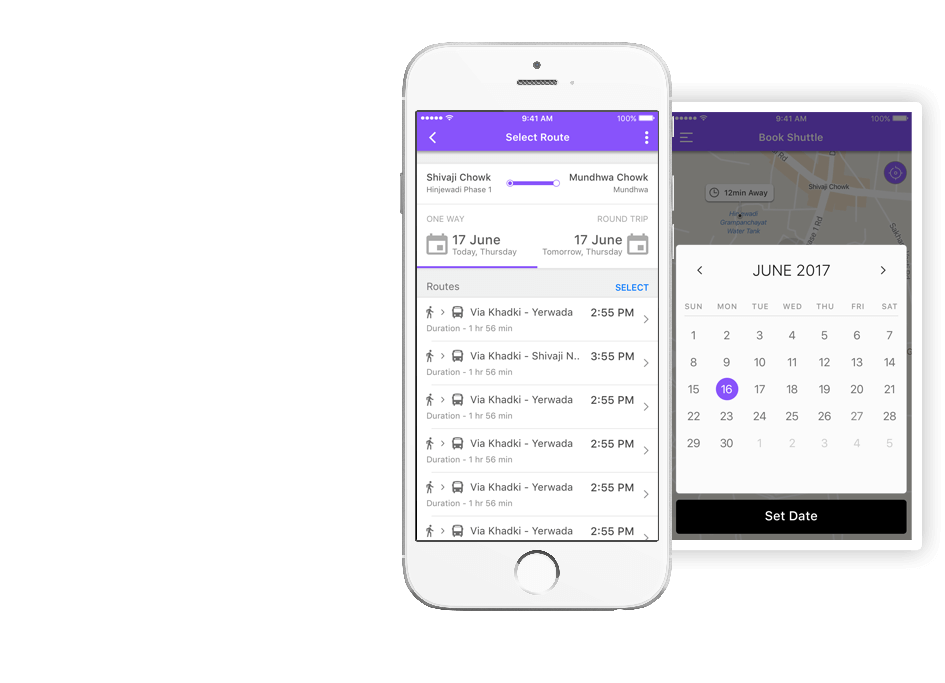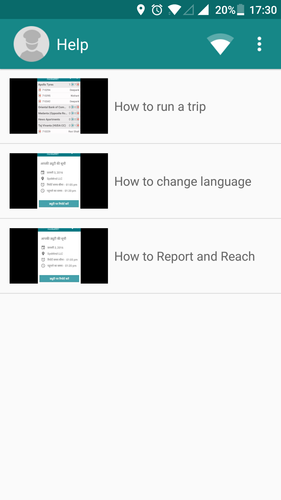The Centers for Disease Control and Prevention (CDC) recommends that frontline essential workers and all adults over the age of 75, both groups that could include school bus drivers, be among the next recipients of the Pfizer/BioNTech and Moderna COVID-19 vaccines. A CDC Advisory Committee on Immunization Practices (ACIP) workgroup advised on Sunday that the. The Shuttle Driver drives passengers to and from assigned locations. They will also help passengers load and unload luggage.
A bus driver, bus operator, autobus driver or omnibus driver is a person who drives buses for a living.
Description[edit]
In many jurisdictions, bus drivers must have a special license above and beyond a regular driver's licence. Bus drivers typically drive their vehicles between bus stations or stops. Bus drivers often drop off and pick up passengers on a predetermined route schedule. In British English a different term, coach driver (or coach captain), is used for drivers on privately booked long-distance routes, tours and school trips.
There are various types of bus drivers, including transit drivers, school bus drivers and tour bus drivers. Bus drivers may work for a city, public (state and national/federal) governments, school boards, and private enterprises, such as charter companies which run tour buses. Coach captains in Australia are frequently freelancesub-contractors who work for various bus and coach companies. Bus drivers also need to possess social skills for interacting with their passengers, which is a daily occurrence.

By country[edit]
Shuttle Drivers Wanted
Australia[edit]
In Australia, bus and coach drivers need a Drivers Licence (issued in an Australian state or territory) for the class of vehicle they drive.

Additionally, they are required to possess a driver authorisation to drive a bus (also issued by the state or territory). This has different names in different states, for example, Driver Authorisation in Queensland, Driver Accreditation in Victoria, General Driver Authorisation in New South Wales, Public Passenger Vehicle Ancillary Certificate in Tasmania and so on. This authorisation entails a regular review of driving history, criminal history, and medical assessment for fitness to drive.
In 2012, Australia had a fleet of 90,599 buses[1] and collectively travelled about 2.0 billion km. The average age of the national fleet is 11.0 years.[2]
In 2011, there were 40,900 bus and coach drivers employed in the industry. They work an average of 41.7 hours/week and the average age is 54 years. The main employing industries are Transport, Postal and Warehousing 87.4%, and the remainder include Health Care and Social Assistance 4%, Education and Training 3.1%, and Accommodation and Food Services 2.7%.[3]
New Zealand[edit]
Bus and coach drivers require either a class 2 or class 4 heavy vehicle licence corresponding to the weight and number of axles of their vehicle. As of October 1, 2017, drivers are not required to hold a P (passenger) endorsement to take fare-paying passengers.[4] The change in legislation was seen by passenger service companies as the government acquiescing to Uber drivers ignoring NZ Transport Agency's requirements despite ramping up infringement notices on non-compliant drivers in the last few months of P endorsement requirements.[5]
Drivers of school buses for special needs children must comply with SESTA requirements.[6]
United Kingdom[edit]
In the United Kingdom drivers must have passed the Passenger Carrying Vehicle (PCV)[7] practical driving and theory test. PCV drivers also have to possess a Certificate of Professional Competence card which requires extra training to be taken.[8] Service bus drivers in the UK are not subject to the working hours restrictions devised by the European Union if their journeys do not exceed 30 miles radius, but are governed by less stringent UK Drivers' Hours Regulations. For example, a service bus driver may drive for 5.5 hours without a break in the UK.[9]
People with certain medical conditions are excluded from becoming bus drivers. Some of these conditions include Migraine (if it affects vision), Alcoholism and Epilepsy.[10]
Traditionally, before the introduction of one-man buses on many city routes, the bus driver had no contact with the passengers, the tickets being sold by a bus conductor. Now, drivers have the additional responsibility of selling or checking tickets, keeping to the timetable and providing customer service.

Because of the additional workload many buses are fitted with closed-circuit television in an attempt to protect drivers from an increasing number of attacks which has resulted in a recruitment crisis in some British cities.[11]
United States[edit]
As of 2016, there are approximately 687,200 U.S. employed bus drivers.[12] One of the most common jobs in the United States for a bus driver is to work for a public school, transporting students aboard a school bus to and from the school building. As of 2004, 71% of bus drivers in the U.S. were employed by schools.[13] In other countries, school transport is often provided by the same companies that run other bus services in the area, so school bus driver is not a separate position.
In the United States, finding a position as a bus driver usually requires that the individual possess a commercial driver's license (CDL) and specialized training for the vehicle, as well as a Passenger endorsement. Various other educational and vocational training are usually required, but this varies from place to place.

Shuttle Drivers For Hospitals

See also[edit]
Shuttle Driver
References[edit]
- ^'9309.0 - Motor Vehicle Census, Australia'. Australian Bureau of Statistics. 31 January 2017.
- ^'1301.0 - Year Book Australia, 2012 - 24.26 REGISTERED MOTOR VEHICLES—31 January 2011'. Australian Bureau of Statistics.
- ^'Job Outlook - Make Your Career a Reality'.
- ^'How to get a passenger service licence'. 11 September 2017.
- ^'Crackdown on Uber drivers sees hundreds of bans and infringement notices issued'. Stuff.co.nz. 11 June 2017.
- ^'School Transport - SESTA'. Ministry of Education. 11 September 2017.
- ^'Home - PCV Licence Training – PCV Licence Training'. PCV Licence Training.
- ^'Driver CPC training for qualified drivers'. GOV.UK. Retrieved 2019-11-17.
- ^'Drivers' hours and tachographs rules: buses and coaches (PSV375) - Guidance - GOV.UK'.
- ^'Archived copy'(PDF). Archived from the original(PDF) on 2013-09-03. Retrieved 2014-04-20.CS1 maint: archived copy as title (link)
- ^'BBC NEWS - England - Attacks spark bus driver crisis'. news.bbc.co.uk.
- ^'Bus Drivers : Occupational Outlook Handbook: : U.S. Bureau of Labor Statistics'.
- ^'School Bus Drivers in the USA - Salary, Requirements, Benefits: : JobAndSalaryAbroad.com'.